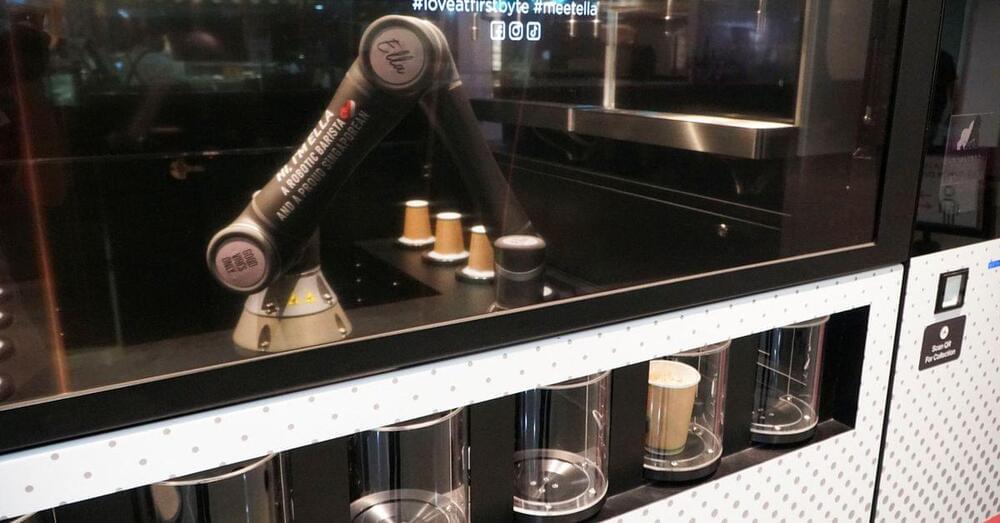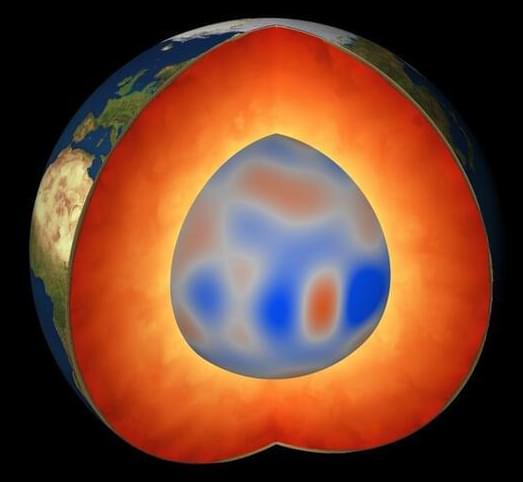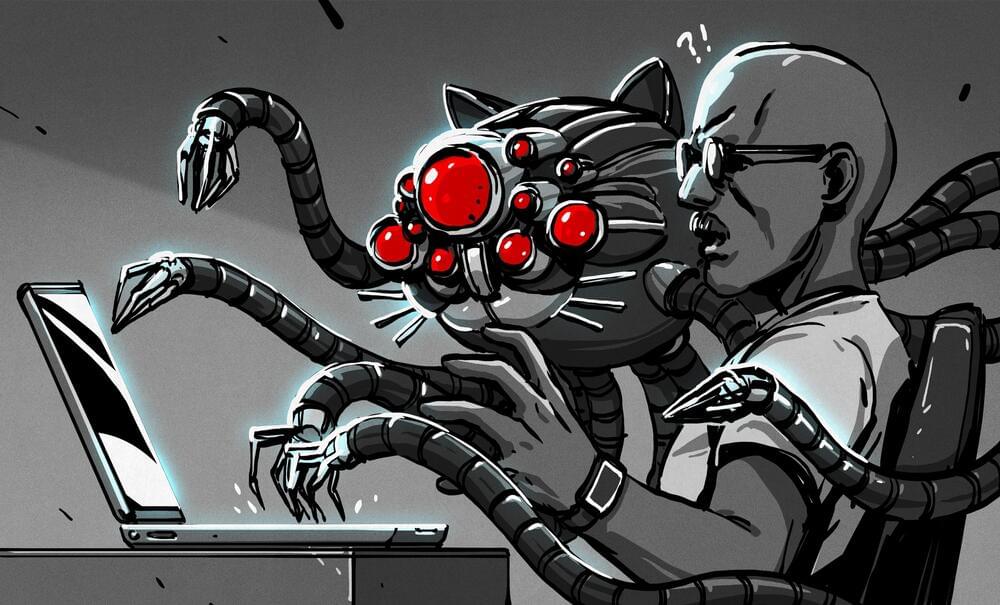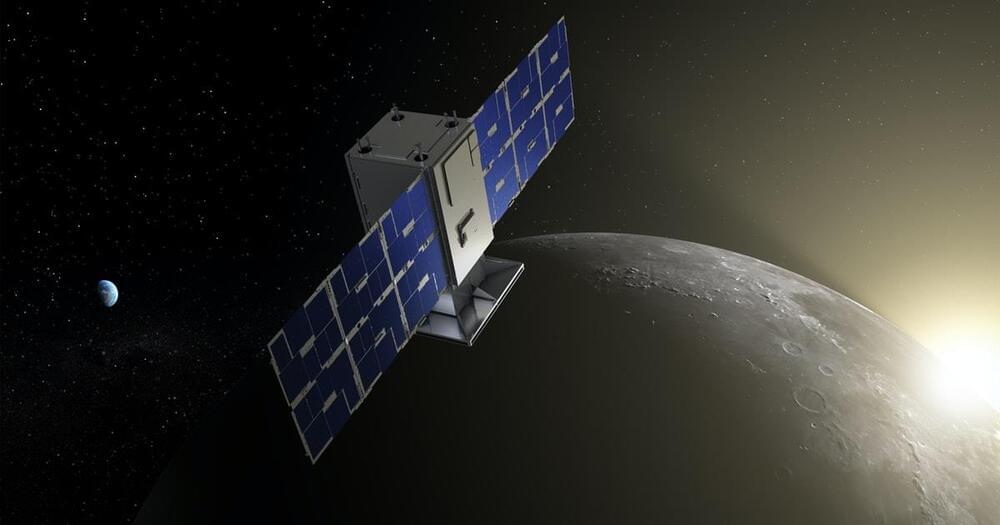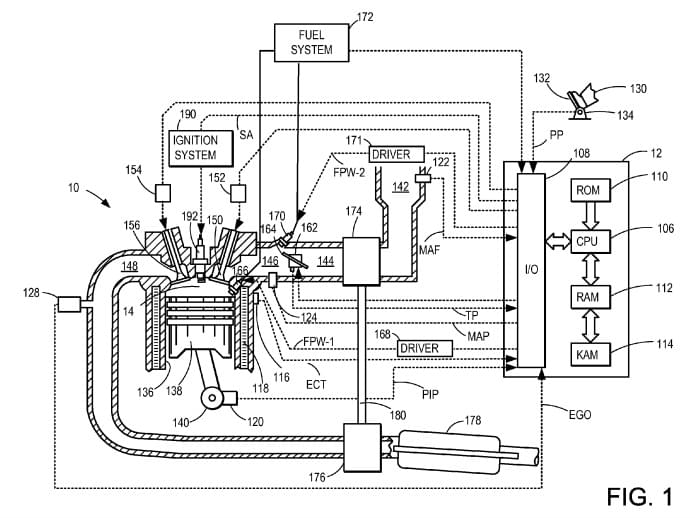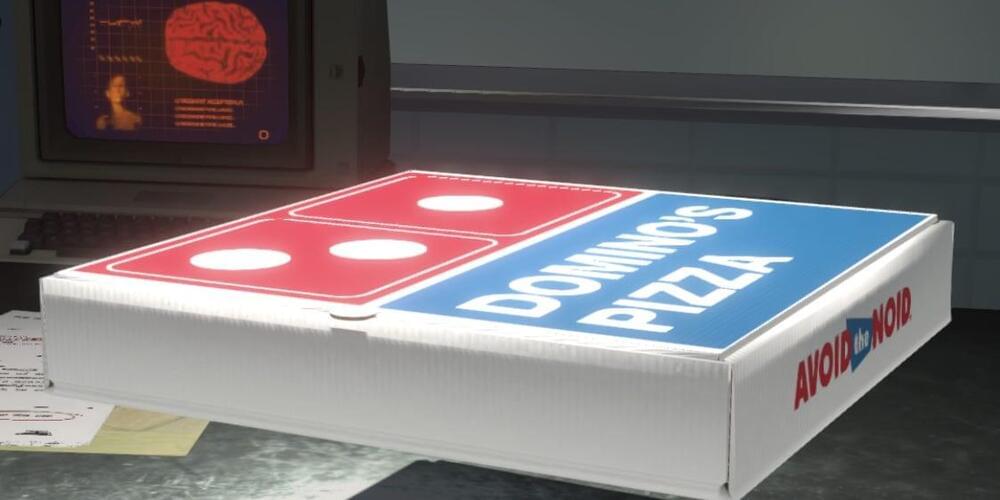May 30, 2022
Symmetry of Cosmological Observables, and a High Hubble Constant as an Indicator of a Mirror World Dark Sector
Posted by Saúl Morales Rodriguéz in category: space
We find that a uniform scaling of the gravitational free-fall rates and photon-electron scattering rate leaves most dimensionless cosmological observables nearly invariant. This result opens up a new approach to reconciling cosmic microwave background and large-scale structure observations with high values of the Hubble constant $H_0$: Find a cosmological model in which the scaling transformation can be realized without violating any measurements of quantities not protected by the symmetry. A “mirror world” dark sector allows for effective scaling of the gravitational free-fall rates while respecting the measured mean photon density today. Further model building might bring consistency with the two constraints not yet satisfied: the inferred primordial abundances of deuterium and helium.

